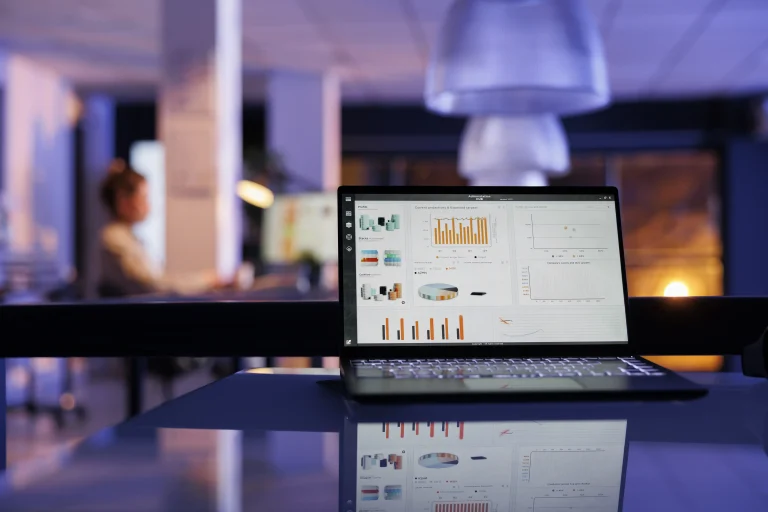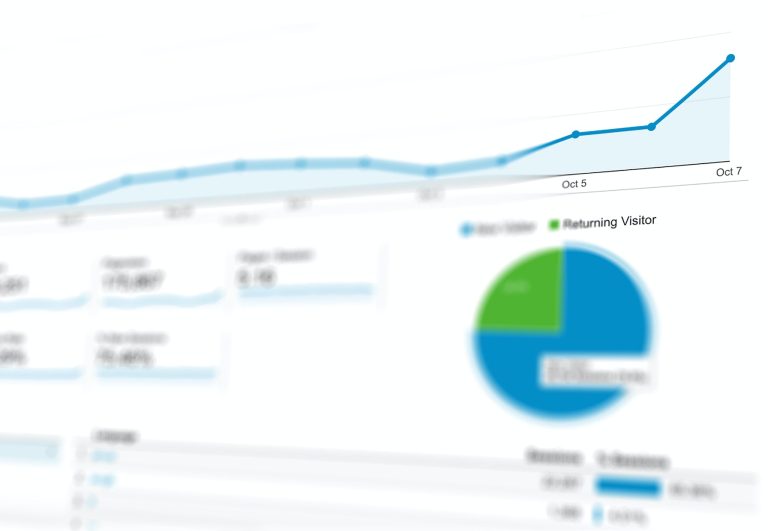Building a Newsletter: The Key to Successful Conversions
Newsletters remain one of the most powerful and cost-effective marketing tools for driving sales, building customer loyalty, and growing an engaged audience. A well-crafted email doesn’t just inform—it engages, motivates action, and methodically turns subscribers into loyal customers. The key to a high ROI lies in delivering a relevant message to the right audience.
This guide walks you through the essential steps to create a high-performing newsletter. From building your email list to precisely measuring performance, you’ll learn how to structure your approach to maximize conversions.
1. Why a Qualified Contact List Is Essential

Before you write a single word, the quality of your contact list should be your top priority. The success of your campaigns depends directly on the relevance of the people you’re addressing. Not all subscribers are created equal—a well-qualified contact list ensures your message reaches people genuinely interested in your offer, significantly boosting your chances of conversion.
To build a strong foundation, focus on acquiring relevant contacts. Use optimized sign-up forms on your website and landing pages. Offer clear incentives in exchange for email addresses, such as a free guide, webinar, or exclusive discount. This “lead magnet” acts as a filter, attracting prospects who align with your services.
It’s equally important to maintain the quality of your list. Regularly clean your database to remove invalid addresses and inactive subscribers. A subscriber who never opens your emails harms your deliverability and skews your performance stats. Quality always outweighs quantity.
2. Structuring a High-Performing Newsletter: Subject Line, Content, and CTA

An effective newsletter is built on a clear, strategic structure where every element serves a specific purpose. From a subject line that grabs attention in a crowded inbox to a call-to-action (CTA) that closes the deal, every piece should guide the reader toward taking action.
Crafting a Compelling Subject Line
The subject line is your one and only chance to convince a subscriber to open your email. To write a subject line that inspires curiosity, it needs to be concise, impactful, and honest. Use powerful words that evoke curiosity, urgency, or a direct benefit. Personalization, like including the subscriber’s name, can significantly boost open rates by creating an immediate connection.
Creating Relevant, Engaging Email Content
Once the email is opened, the content should deliver on the promise of the subject line. The goal is to provide clear value to your subscribers. Whether it’s practical tips, expert analysis, or an exclusive offer, your content should reinforce their trust in you. Structure your newsletter for easy reading: use clear headings, short paragraphs, and visuals to break up the text. Clarity and relevance are key to keeping readers engaged and driving clicks.
Call-to-Action (CTA): Turning Readers into Customers
The CTA is the bridge between your content and your conversion goal. To be effective, it needs to be visible, clear, and direct. Use buttons with contrasting colors and text that clearly describes the desired action (“Download the guide,” “Explore our services”). Place CTAs strategically, especially after high-value content sections, to capitalize on reader interest and drive conversions.
3. Personalization and Segmentation: A Conversion Booster

Sending the same message to your entire contact list is an outdated strategy. Personalization and segmentation are powerful tools for conversion because they allow you to send the right message to the right audience at the right time. When subscribers receive content tailored to their specific needs and interests, they feel understood and valued. This leads to significantly higher open and click-through rates.
Segmentation involves dividing your contact list into subgroups based on specific criteria:
- Demographics : Age, gender, location.
- Behaviors : Purchase history, pages visited, interaction with previous e-mails.
- Interests : Preferences indicated during sign-up.
Once your segments are set, personalization goes beyond just adding a subscriber’s name. You can customize content, offers, and CTAs for each group. Automation allows you to deploy personalized campaigns at scale, such as welcome sequences for new subscribers or re-engagement campaigns for inactive users, ensuring continuous engagement.
4. Measuring Newsletter Performance to Improve Results

Without thorough analysis, it’s impossible to know if your newsletter is actually converting or how to improve it. Tracking key performance indicators (KPIs) reveals what’s working and what needs refining.
Email Open Rate
This metric tracks the percentage of subscribers who opened your email. A low open rate often signals issues with your subject line, sender name, or timing. Analyze this data to optimize your subject lines and maximize initial engagement.
Click-Through Rate (CTR)
CTR measures how many subscribers clicked on at least one link in your email, indicating their interest in your content and CTAs. A high CTR shows that your message resonates and your CTAs are effective. If CTR is low, reevaluate your offer or refine your CTAs for clarity and appeal.
Conversion Rate
The ultimate metric, conversion rate measures how many subscribers completed your desired action—whether that’s making a purchase, submitting a quote request, or signing up. It reflects the real impact of your newsletter on your business goals. To optimize this rate, use A/B testing to experiment with different email elements (subject lines, content, CTAs) and identify what works best.
Conclusion: Best Practices for a High-Converting Newsletter
Creating a successful newsletter is a strategic process that combines a qualified contact list, relevant content, advanced personalization, and rigorous performance tracking. Every email you send is an opportunity to learn and improve. Investing in continuous optimization and analyzing results will boost your conversions and turn email marketing into a powerful, cost-effective tool for your business.
Need support for design your newsletter and optimize your email marketing campaigns ? Our team TONUS Marketing helps you build a tailor-made strategy to convert your subscribers into customers and maximize your ROI.






